Saxony-Anhalt If you’re travelling to Germany and seeking lesser-known, yet charming corners, you’ve arrived at the perfect place! In this post, I introduce you to Saxony-Anhalt, a region offering enchanting locations that double as ideal spots for a peaceful vacation.
During my last trip, I concentrated on visiting various towns. Saxony-Anhalt, a region rich in diverse landscapes and sights, did not disappoint. Here, you can not only admire medieval architecture but also the beauty of nature. There are mountains with picturesque trails (like Harz), and unique places that have made it to the UNESCO list. I invite you to read this post about the attractions of Saxony-Anhalt. I hope it will serve not just as an inspiration, but also as a guide for your itinerary. Don’t forget to let me know at the end which place you liked best!
Table of Contents
Wernigerode
Wernigerode is an ideal destination for history and architecture enthusiasts. This town is filled with historic buildings! While many towns make similar claims, Wernigerode stands out in its own unique way. The ambiance there is inimitable.
Primarily, the Old Town is worth visiting. The streets are lined with well-preserved half-timbered houses. During summer, the city becomes even more idyllic, with flowers adding to its holiday charm. Don’t miss out on the Market Square, where the stunning Gothic Town Hall from 1498 prominently stands.
As you stroll through the town, consider visiting the beautiful, historic Agnesberg Park, which offers captivating views of the surrounding area. Adjacent to the park is Wernigerode Castle, another gem. You can either walk or take a train to the castle (located on a hill, a round trip costs a few euros). In my opinion, it’s worth it because the views from the top are stunning, as usual. Dating back to the 12th century, the castle houses a museum displaying antique furniture, paintings, and other historical memorabilia.
Tip: For a good cup of coffee, I recommend Café Wien. It’s more than just a coffee spot: you’ll find delicious, traditional German pastries and desserts here. The café’s decor – stylish furniture and original details – creates a cozy, slightly old-fashioned atmosphere, perfectly suiting this historic café (it turns 126 years old in 2023!).
Wernigerode: Unveiling the Fairy Tale Beauty of Germany’s Hidden Gem!
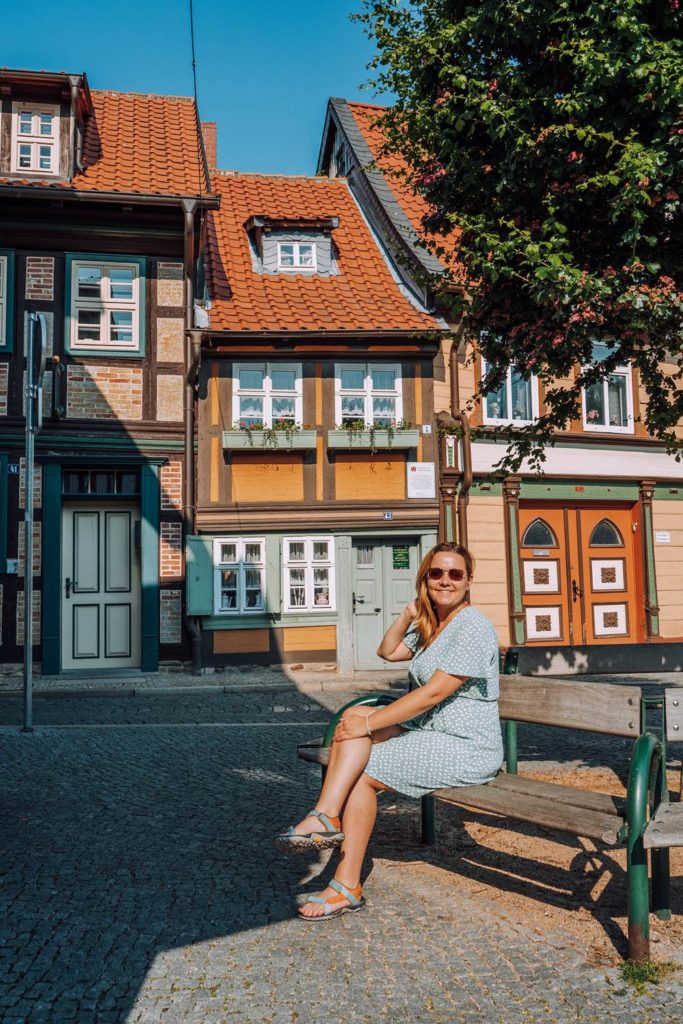
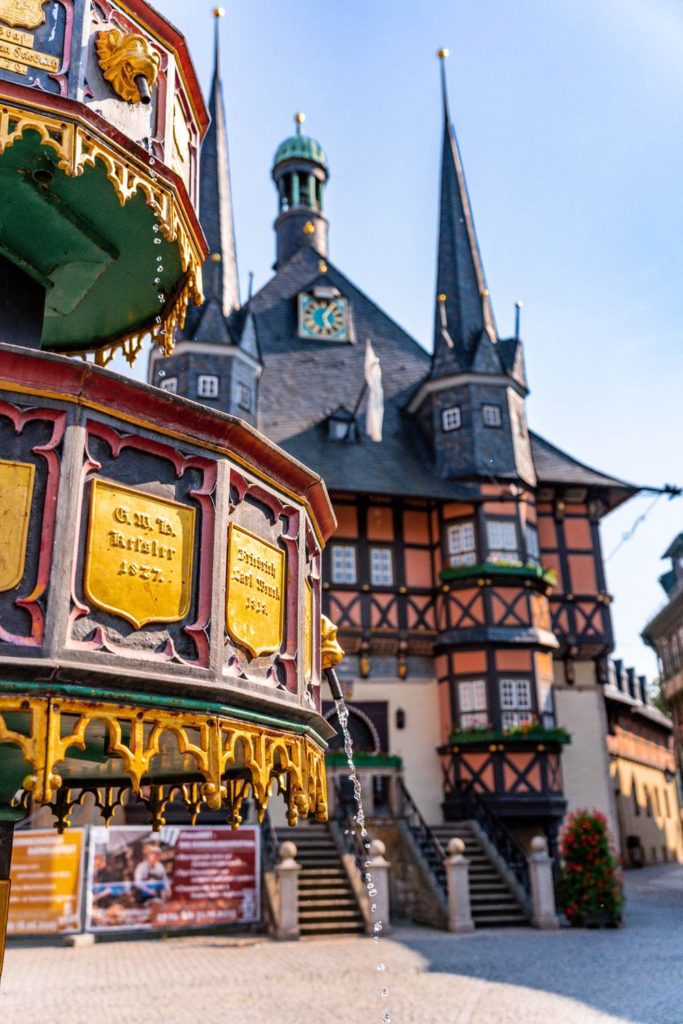
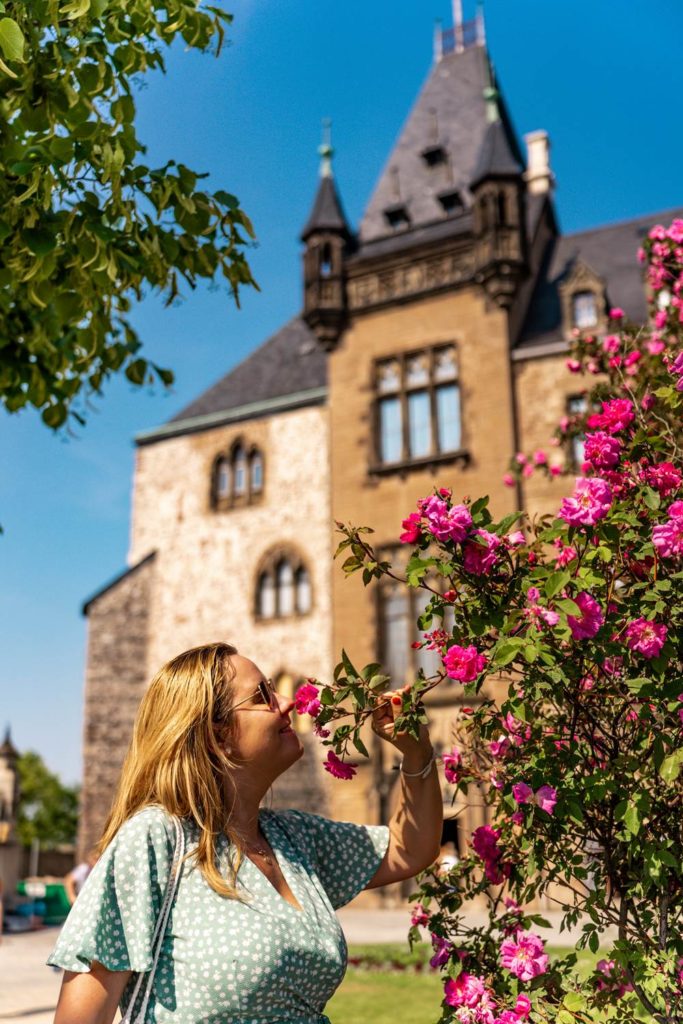
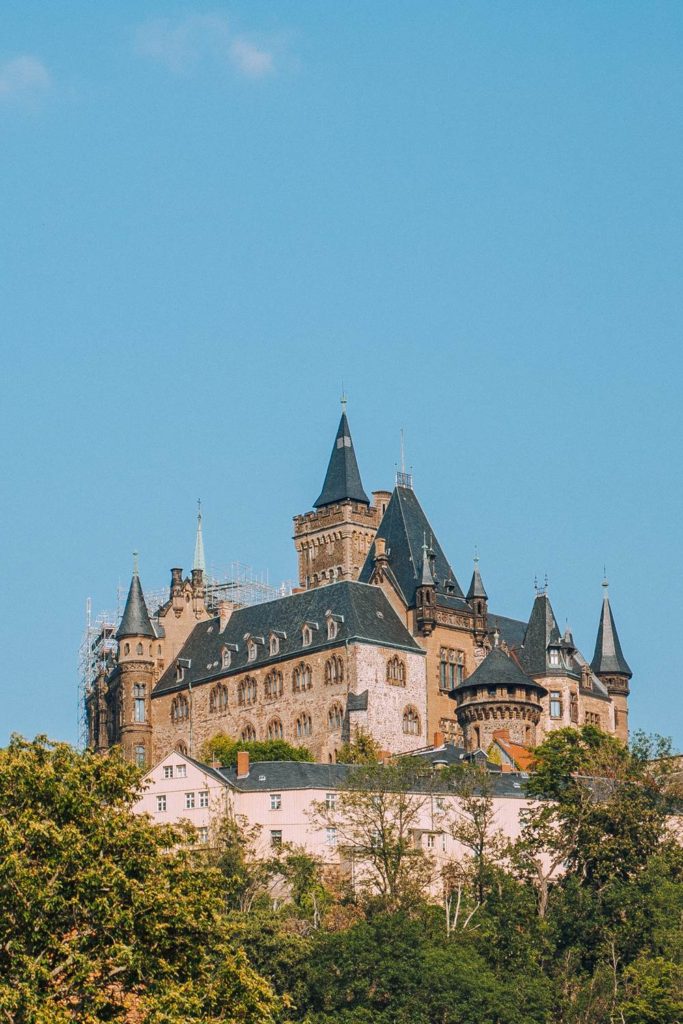
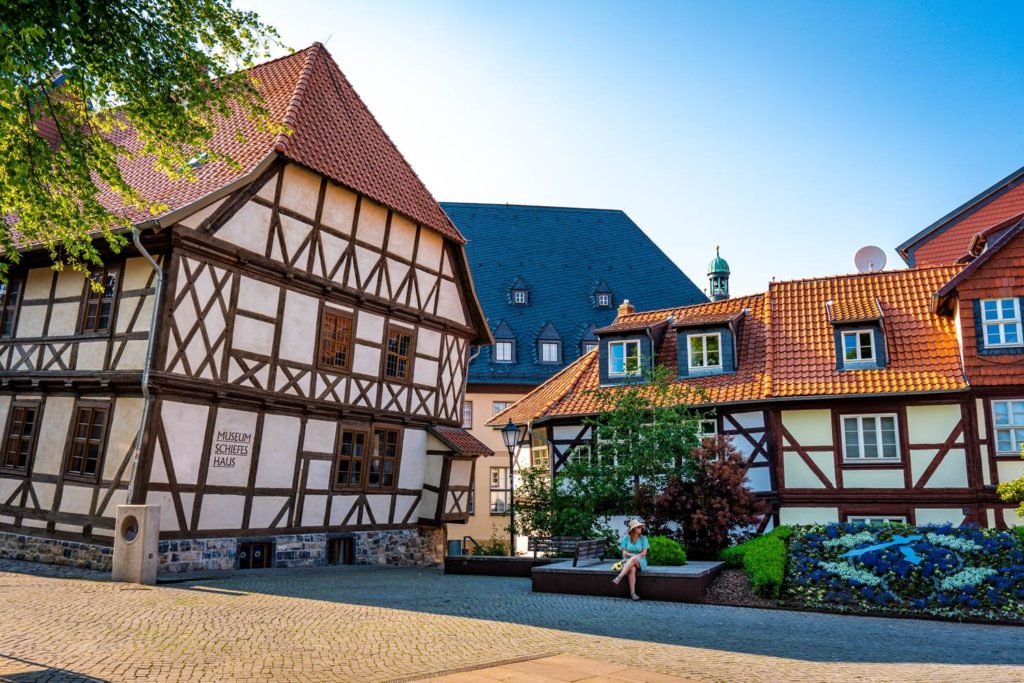
Quedlinburg
Asking what to see in Saxony-Anhalt? Look no further than Quedlinburg! In a nutshell, Quedlinburg is a medieval treasure. More accurately, it’s one of Germany’s most historically significant cities, listed as a UNESCO World Heritage Site for preserving its original medieval urban structure and architecture.
Over 1,300 historic wooden houses adorn the Old Town, with the oldest ones dating back to the Middle Ages. In many of the narrow streets, you feel as though time has stood still.
Similar to Wernigerode, Quedlinburg also boasts a castle overlooking the town. Adjacent to the castle is St. Servatius Church, a fine example of Romanesque religious architecture. The view from the hill over the Old Town is breathtaking, and it’s worth bringing along coffee and something sweet to enjoy here.
Interesting fact: During the communist era, the GDR overproduced and sent its products to Poland. Unable to pay in kind, Poland compensated with labor power. As a result, some of Quedlinburg’s beautifully restored buildings owe their rejuvenation to Polish workers.
For lunch or dinner I recommend Brauhaus Lüdde, a restaurant located in the heart of the city, where you can try local dishes. The decor of the establishment pays homage to its history as an old brewery.
Things To Do In Quedlinburg – Tips for a Day Trip
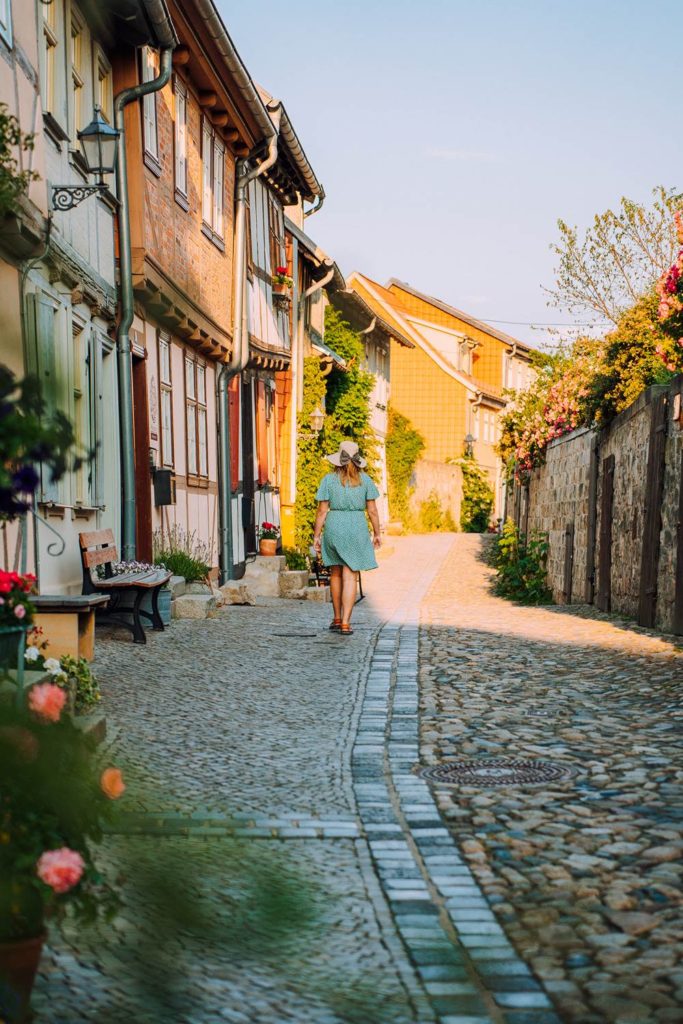
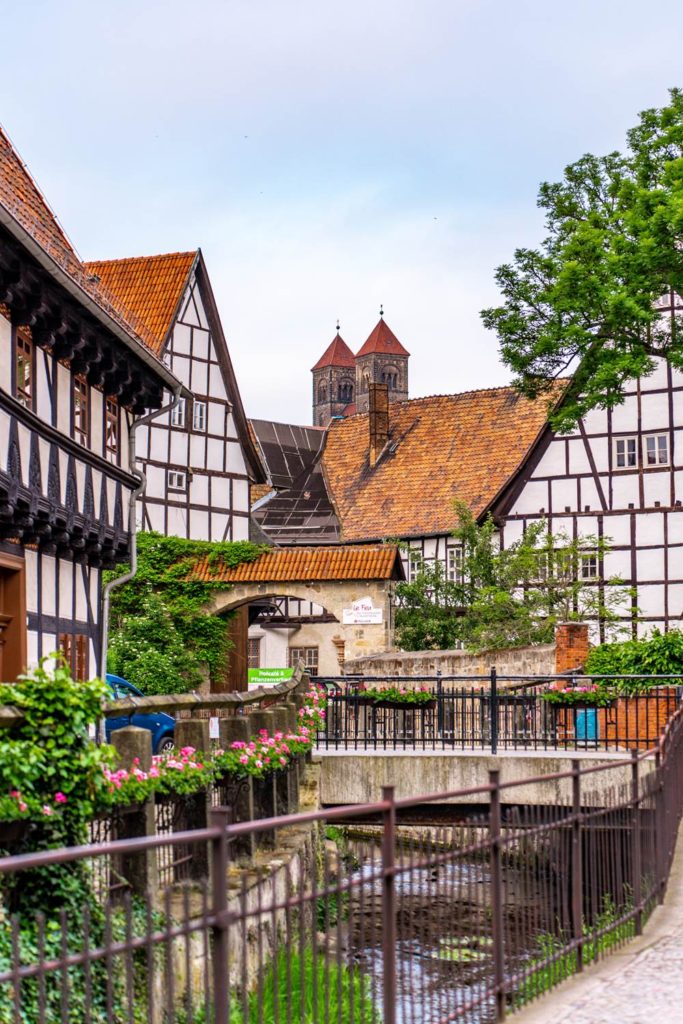
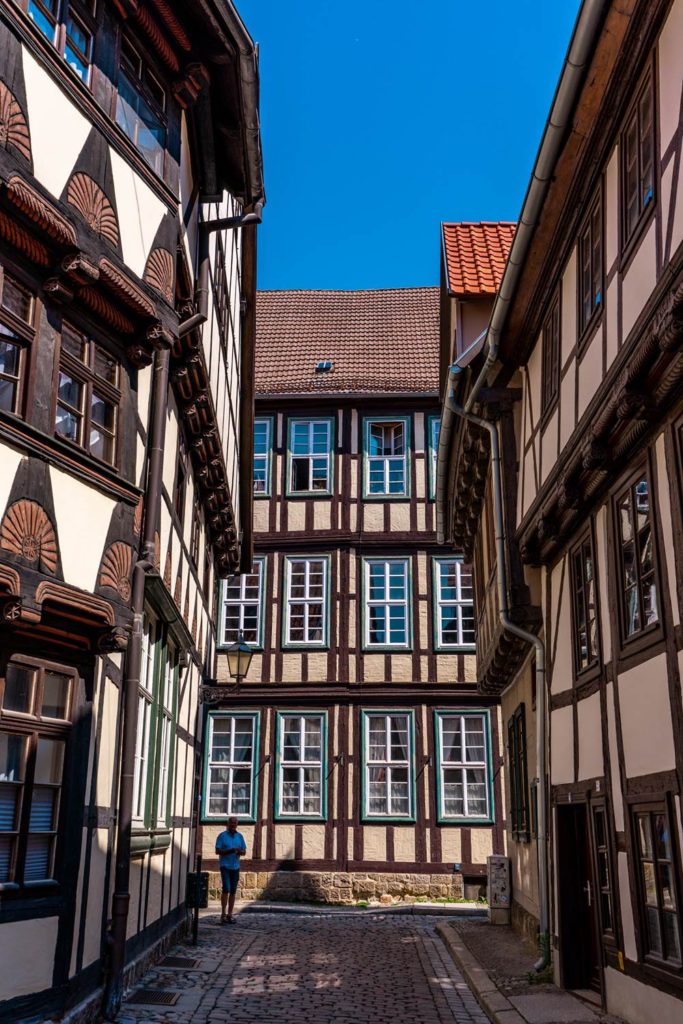
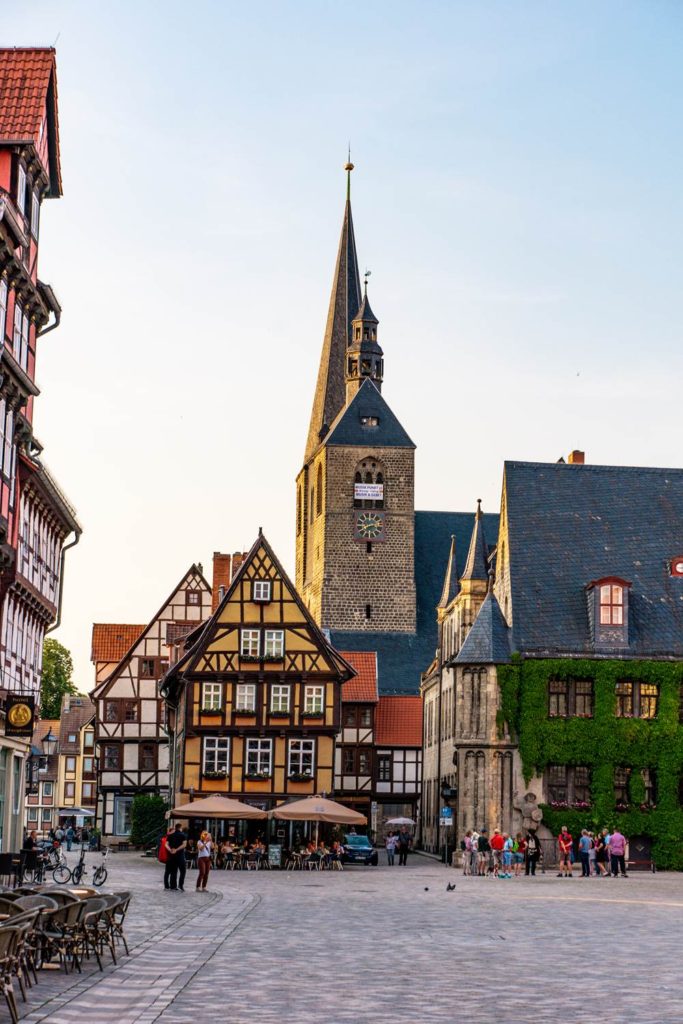
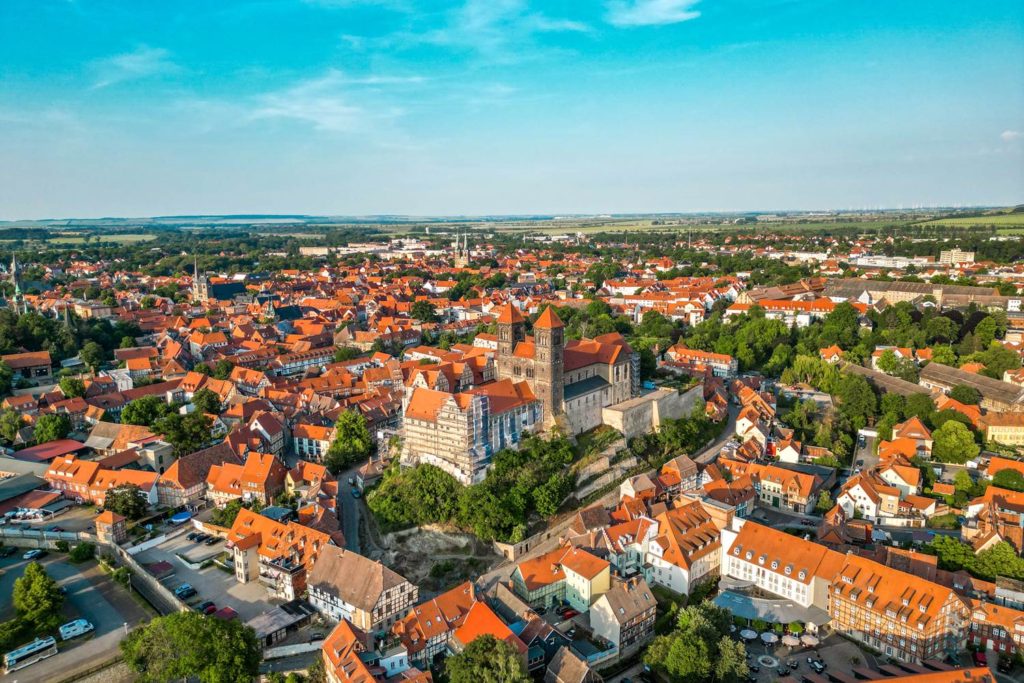
Freyburg and Neuenburg Castle
Though primarily known for its wine production, Freyburg offers more. This picturesque town features several historical monuments, including the 13th-century Church of the Blessed Virgin Mary.
Of particular note is Neuenburg Castle. Built in the 11th century, this example of medieval architecture, located a few kilometers from the city, appears as though frozen in time. As you walk around the courtyard or the surrounding area, you may get the impression that time has stopped.
Tip: You can also reach the castle by car, parking a few hundred meters in front of it.
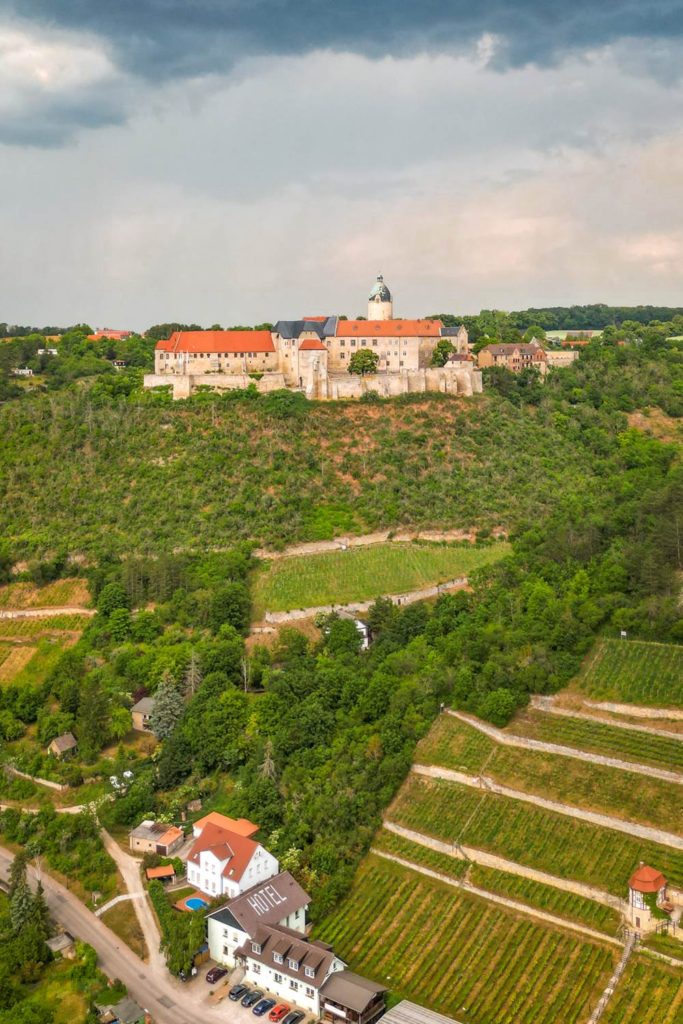
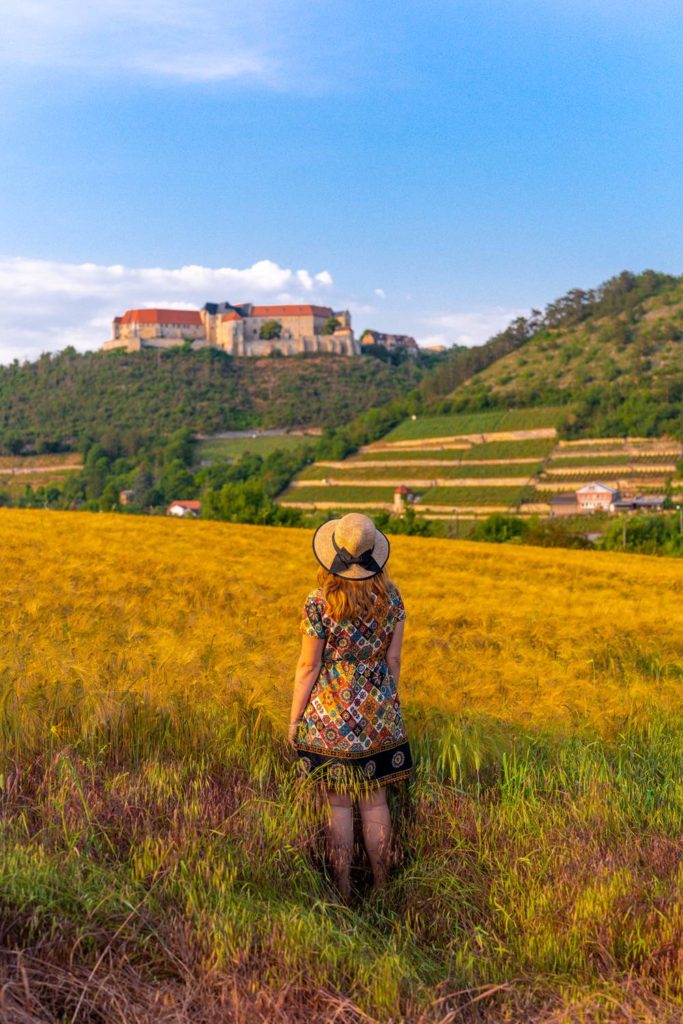
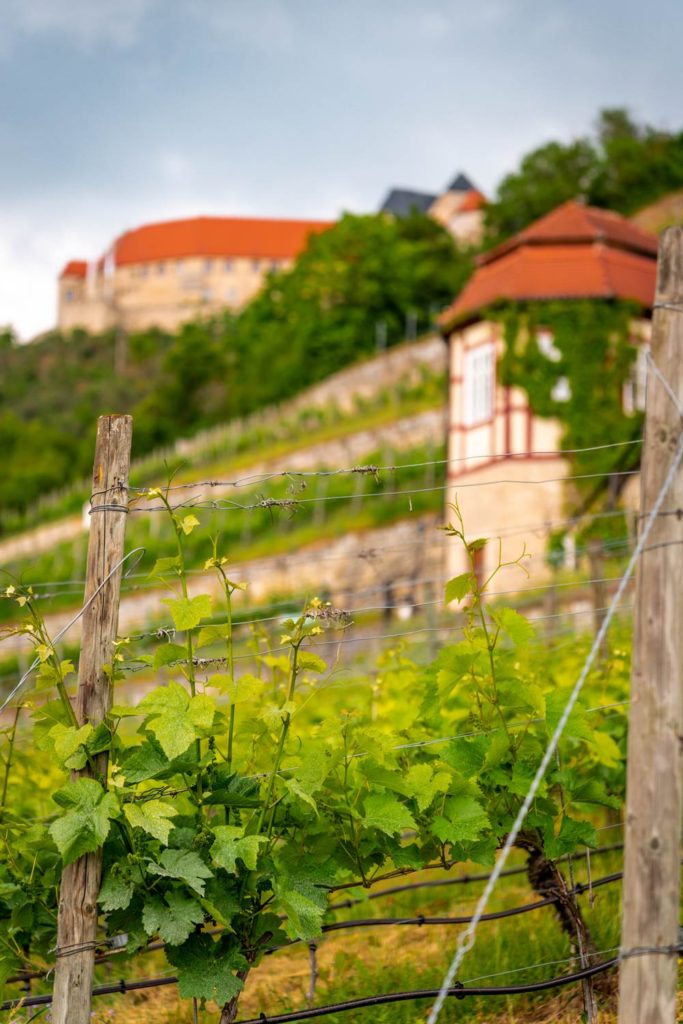
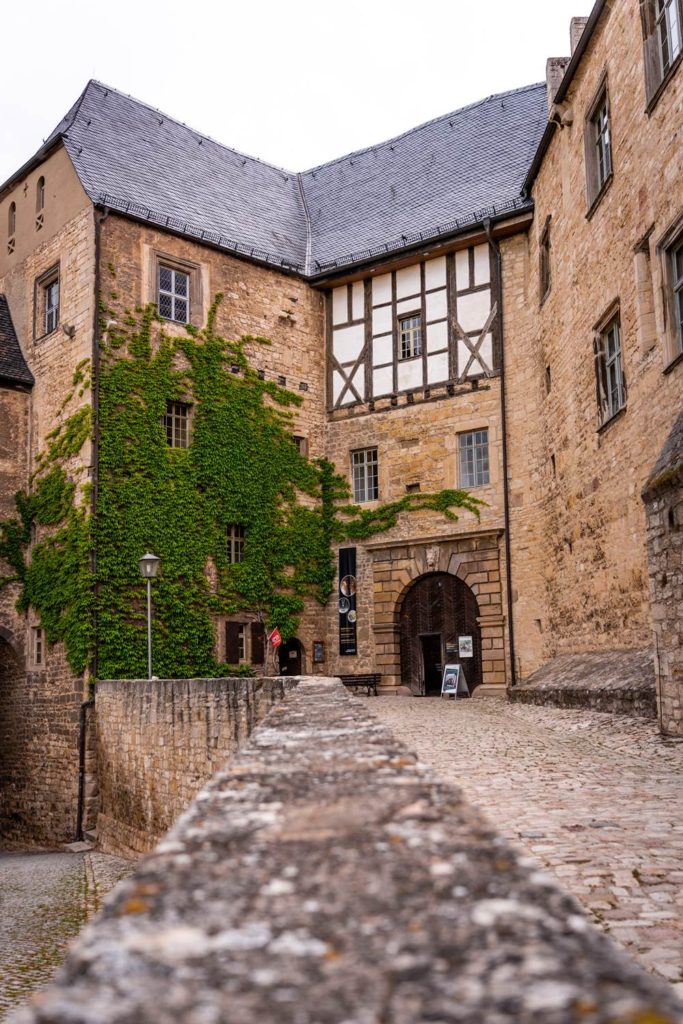
Discover the Saale-Unstrut wine region
Hiking, biking, and wine enthusiasts will find something to appreciate in this area. Many people cycle through the vineyards in this hilly region.
Thanks to the microclimate and mineral-rich soils on the vineyard terraces, the wine from this area is exceptional. Specifically, the sun-drenched wine area, nestled between the Saale, Unstrut, Weiße Elster, and Ilm rivers, hosts over 60 vineyards, including Germany’s famous sparkling wine.
Recommended winery: Herzoglicher Weinberg Freyburg. Of course, other wineries are also worth a look, unfortunately, I didn’t get the time to check them all.
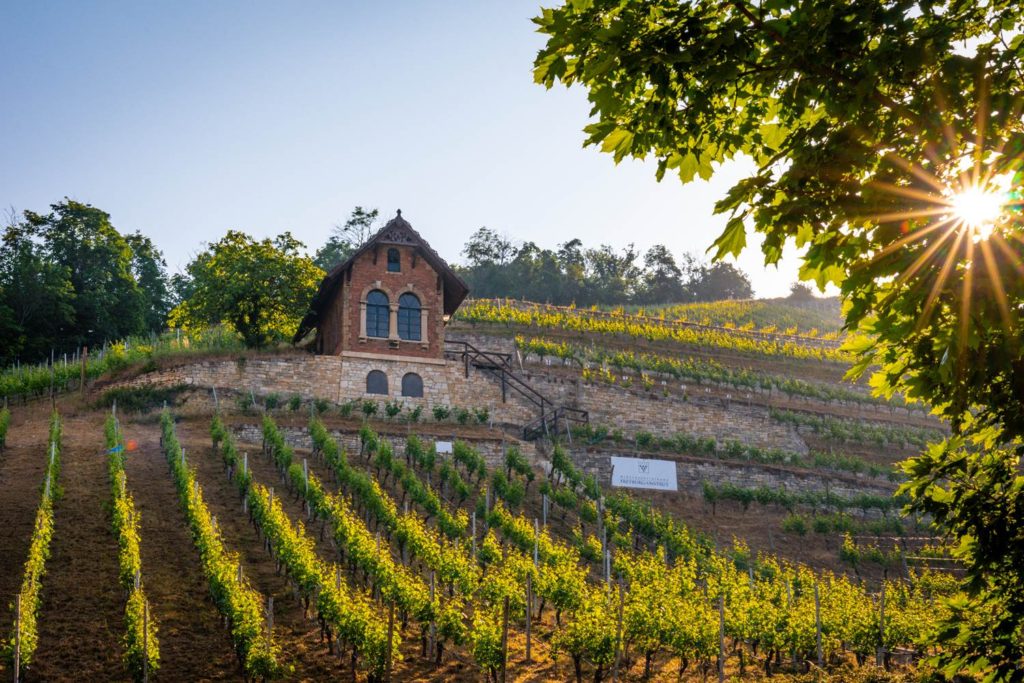
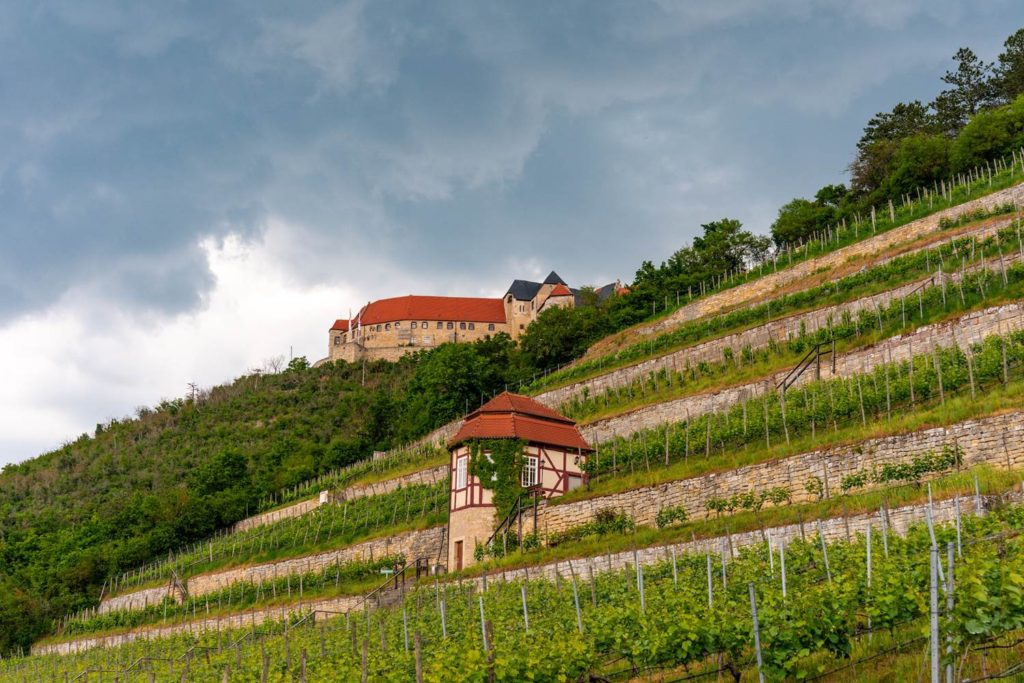
Naumburg
While in Freyburg, don’t miss out on Naumburg! The towns are about 10 kilometers apart, so it’s worth visiting. This town deserves a mention for its impressive architectural and cultural heritage.
And while there’s plenty to see in Naumburg, I will highlight one special place. The Cathedral of Saints Peter and Paul in Naumburg, also known as Naumburg Cathedral, is the city’s top attraction. This remarkable example of Gothic religious architecture has been designated a UNESCO World Heritage Site and is definitely worth a visit. By this, I mean familiarizing yourself with its history and curiosities, as they are genuinely interesting. For instance, here you will find the sculpture of Uta von Naumburg, the woman hailed as the most beautiful woman of the Middle Ages. Interestingly, her image was later used by the Nazis as the ideal German woman, and Walt Disney created the character of the evil queen from Snow White based on her.
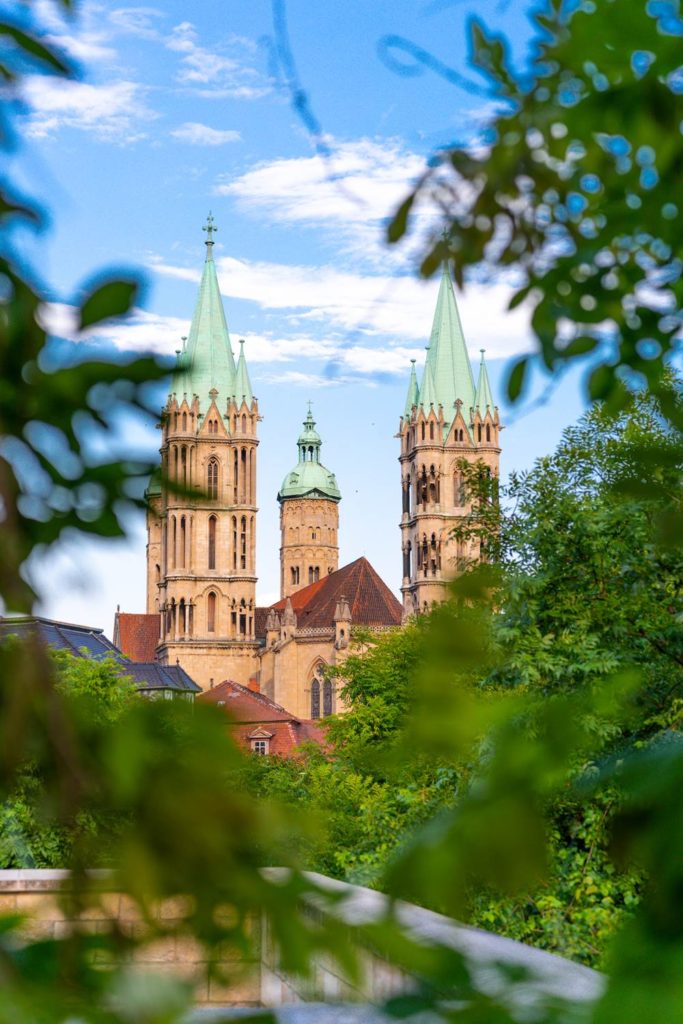
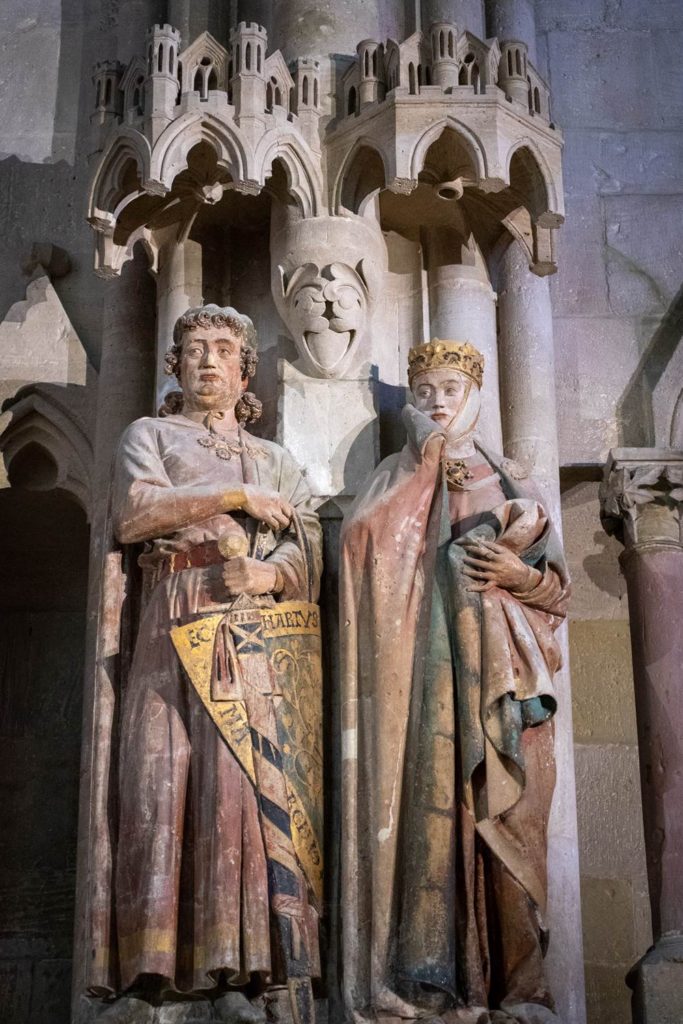
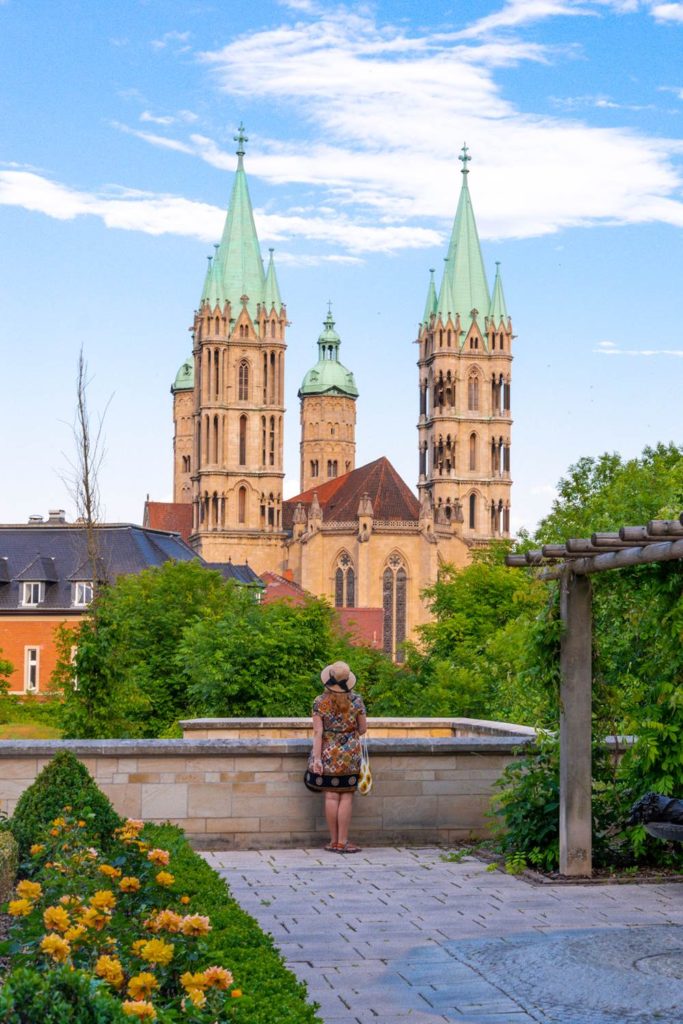
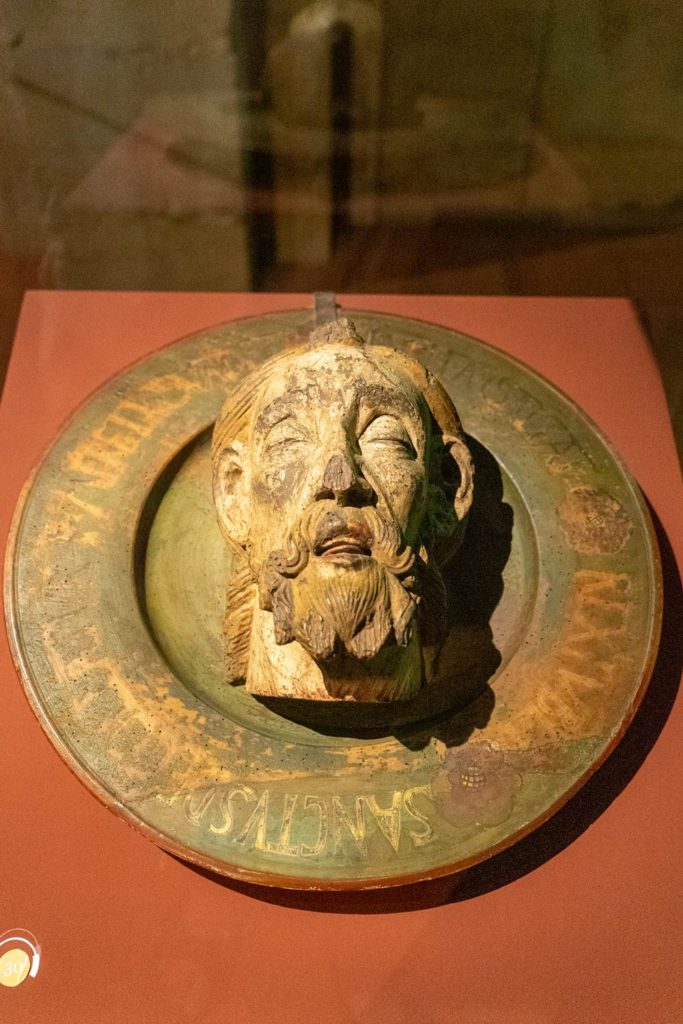
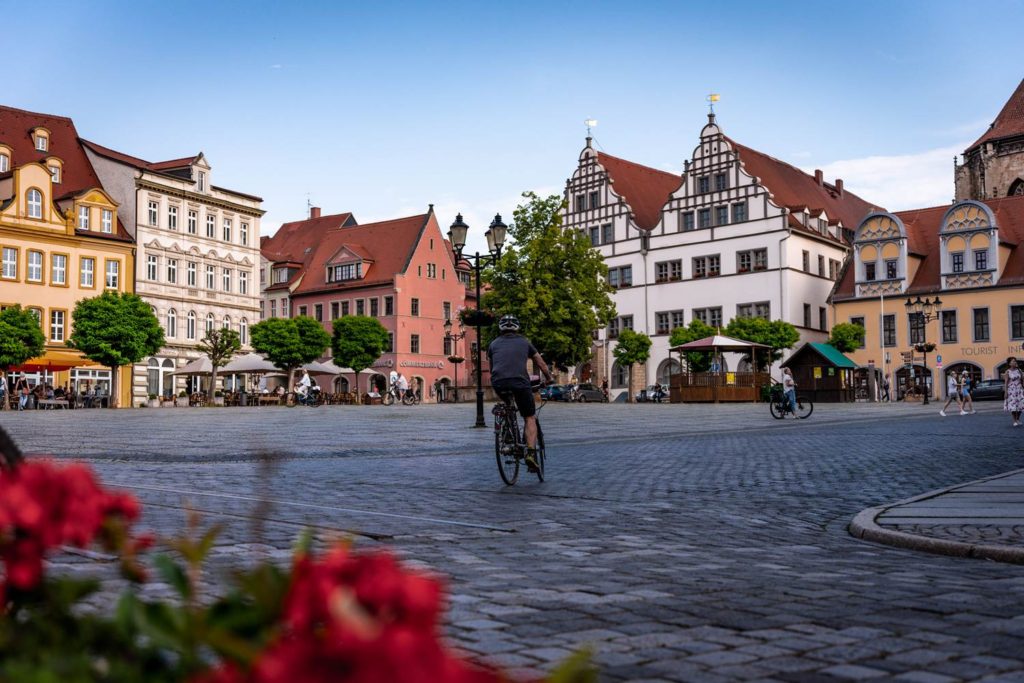
Canoeing on the Unstrut River
A kayak journey on the Unstrut River provides an exceptional opportunity to absorb the magnificent scenery. As you meander along the water, you’ll glimpse picturesque hills, fields, meadows, and forests. You may also encounter various wildlife species residing along the riverbanks.
The route I undertook begins in Kirchscheidungen, ends in Balgstädt, and spans about 12 kilometers. Along the way, you could, for instance, stop by a vineyard. The estimated travel time is approximately 3 hours, making it an ideal half-day trip! Even on a Sunday morning, the area was devoid of crowds. It’s a perfect place to immerse yourself in nature.
Remember to dress appropriately – weather conditions may necessitate a rain jacket or, conversely, a hat and UV sunscreen. While capturing unforgettable views on your phone is recommended, ensure it is properly protected against potential water damage.
Tip: Kayaks can be rented from OUTTOUR Kirchscheidungen. They offer speedy service, accept reservations, and have English-speaking staff available if necessary.
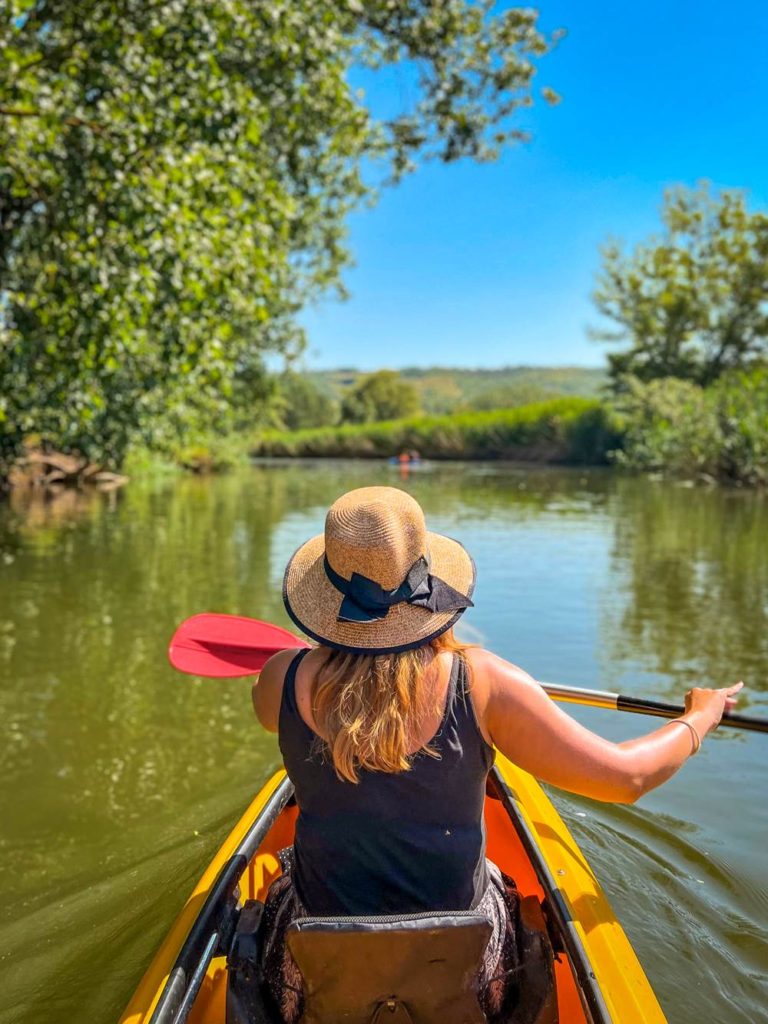
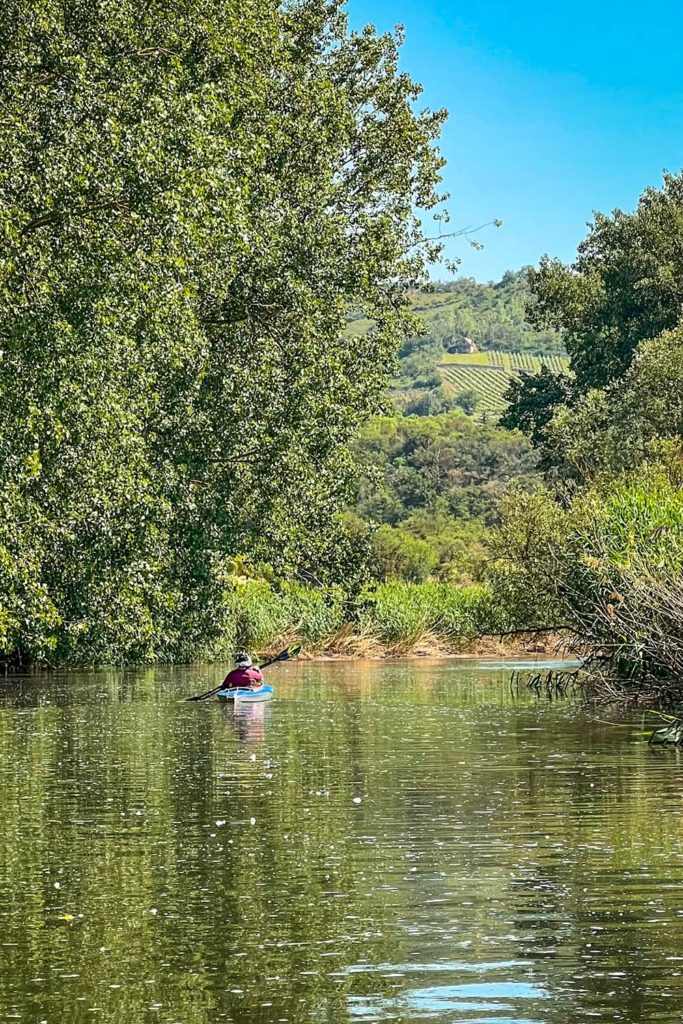
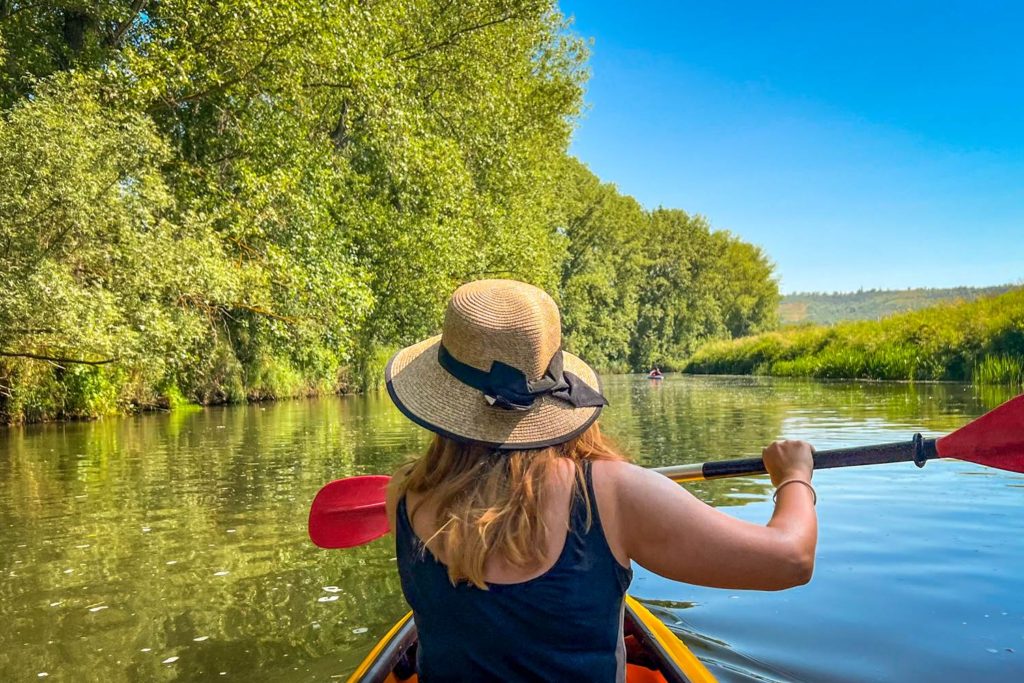
Dessau-Roßlau
Dessau (now Dessau-Roßlau) is a significant location in the annals of art and architecture history, particularly associated with the Bauhaus. This renowned design school was established in Weimar in 1919 and subsequently relocated to Dessau. The Bauhaus in Dessau-Roßlau has drawn art and architecture enthusiasts worldwide, eager to witness where a critical architectural revolution of the 20th century originated.
Dessau hosts two major Bauhaus-associated sites. The first is the 1925-1926 complex of the Bauhaus’s second headquarters, designed by Walter Gropius. This site, noted for its simplicity, space, and light, was a radical concept during an era dominated by ornate styles. The second location consists of the master houses, also designed by Gropius.
Today, the Dessau Bauhaus is not only a UNESCO-listed monument but also a vibrant cultural center, housing a museum and educational spaces where workshops, lectures, and other events take place.
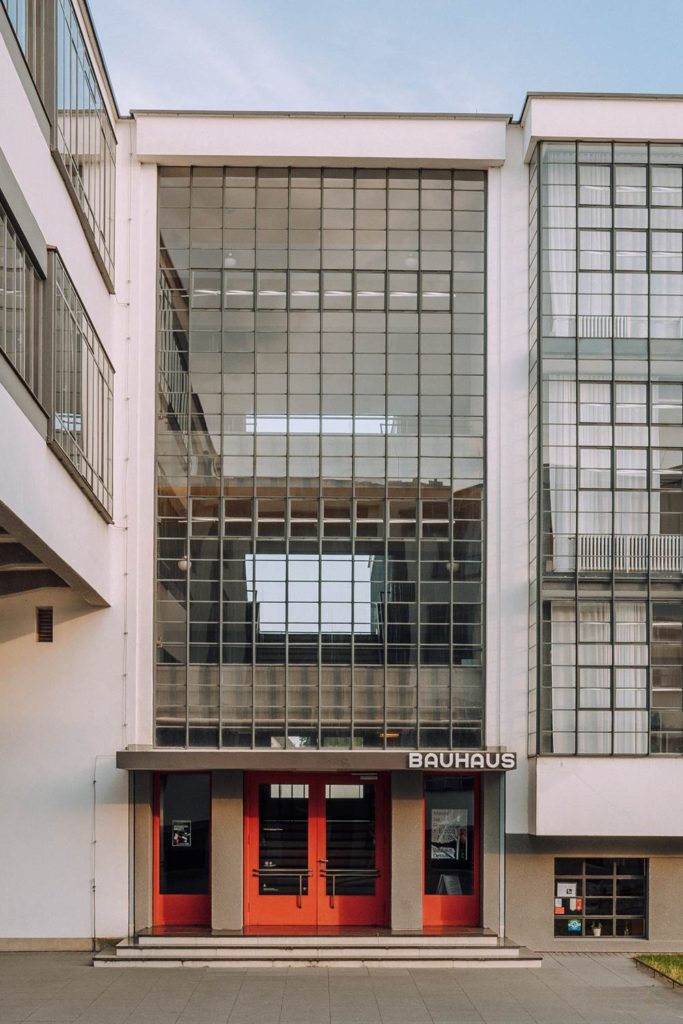
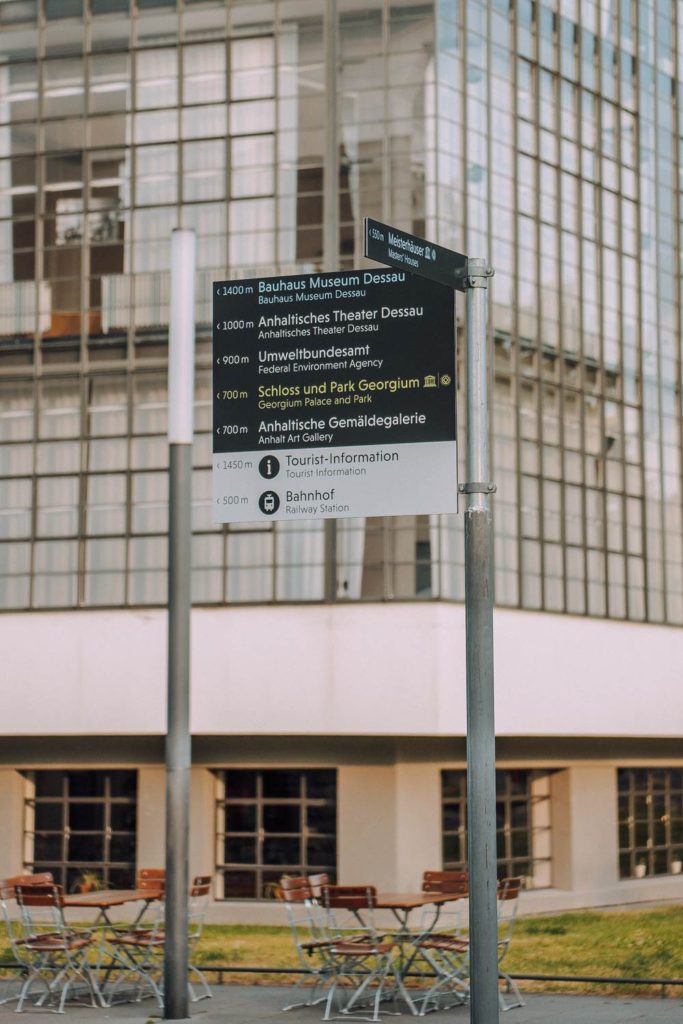
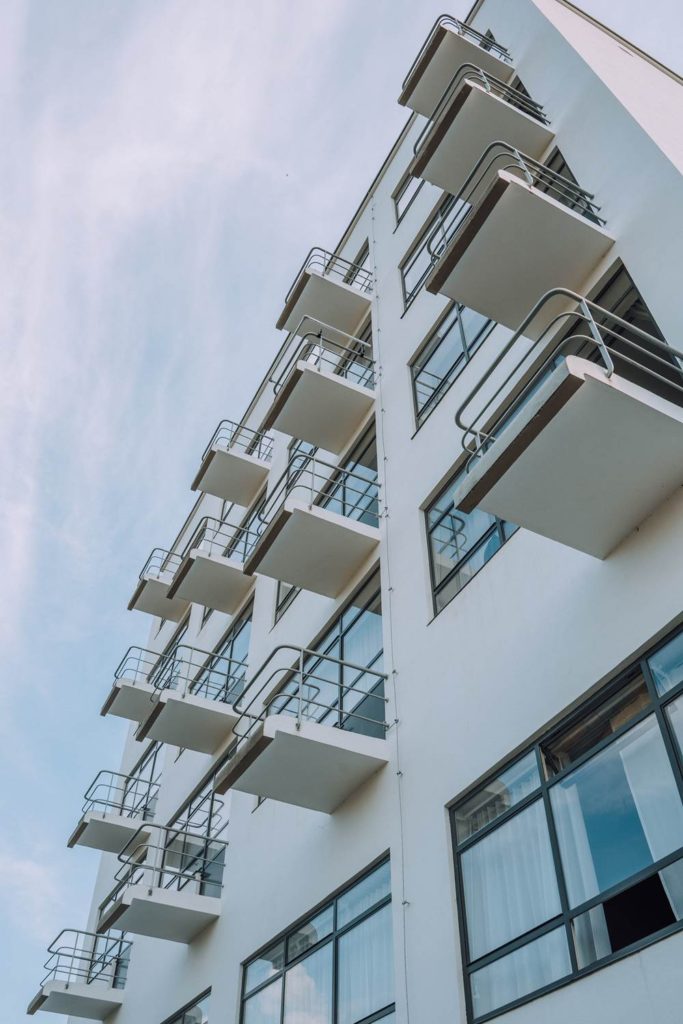

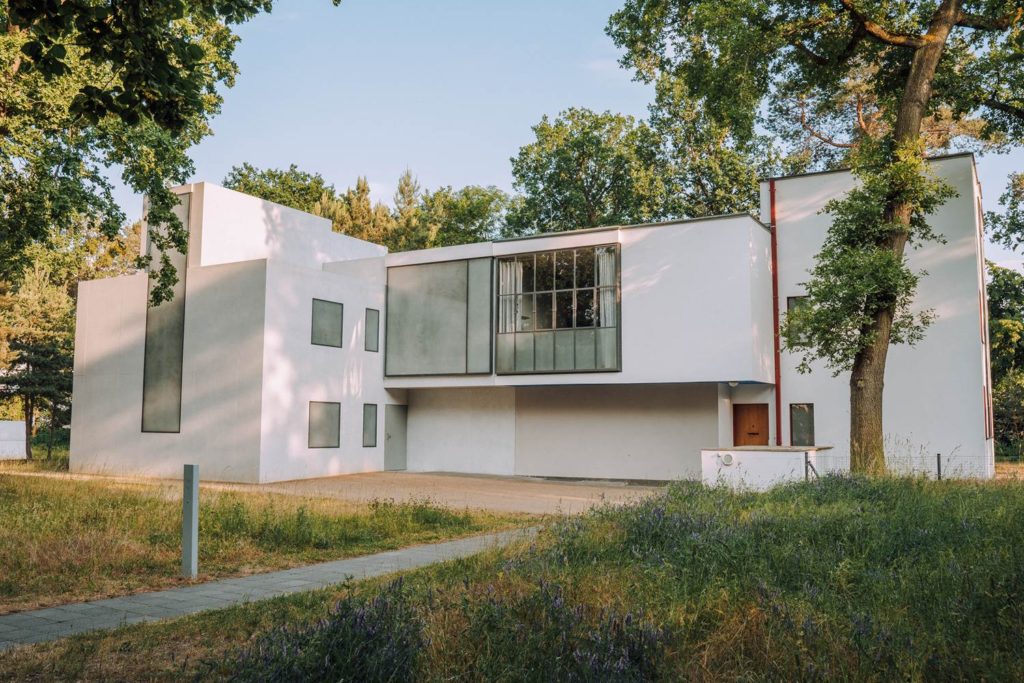
Worlitz Garden
The Worlitz Garden is an expansive English-style landscaped park covering 21 hectares and is a remarkable UNESCO World Heritage Site.
Prince Leopold III Frederick Francis, who was inspired by the English landscape gardens he admired during his travels in England, commissioned the park at the end of the 18th century.
The Worlitz Garden harmoniously merges the beauty of nature, providing a tranquil haven for those seeking relaxation. In addition to a variety of local and exotic plants and trees, there are numerous picturesque lakes and canals, crossed by more than twenty bridges! The option of a boat cruise adds to the charm of this location.
The park also hosts diverse architecture – from romantic gazebos and charming bridges to grand structures like the Gothic House and the classicist Worlitz Palace.
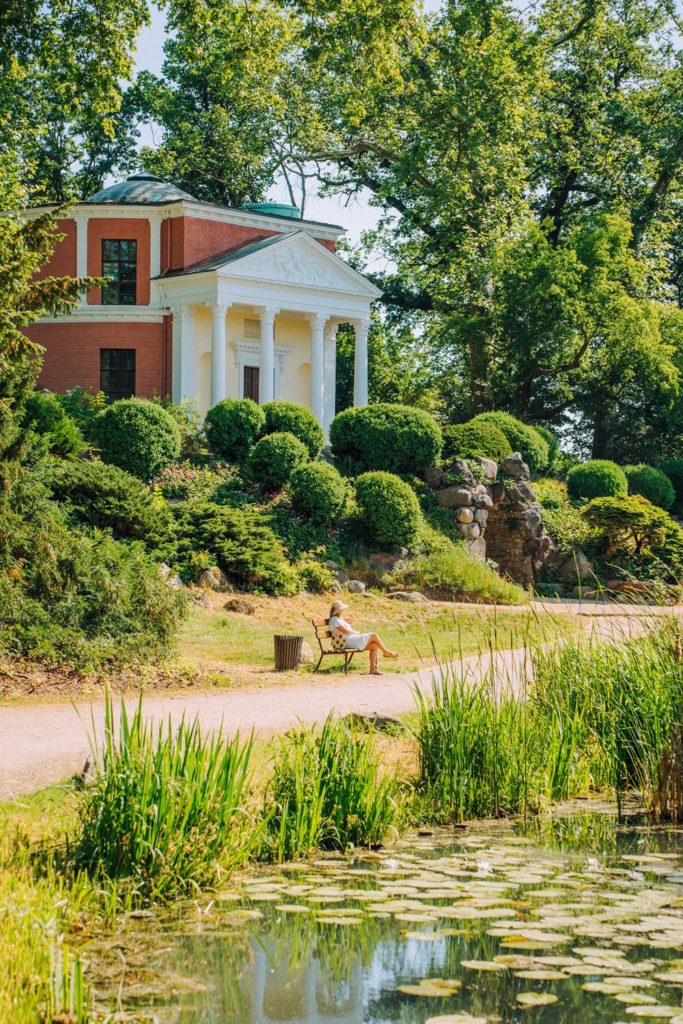
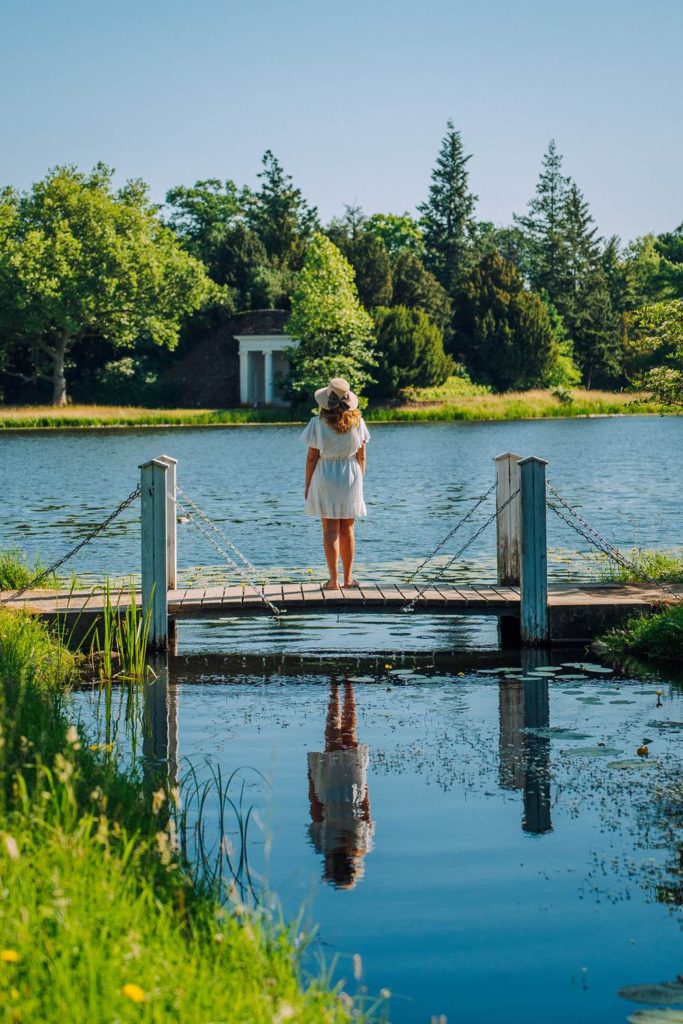
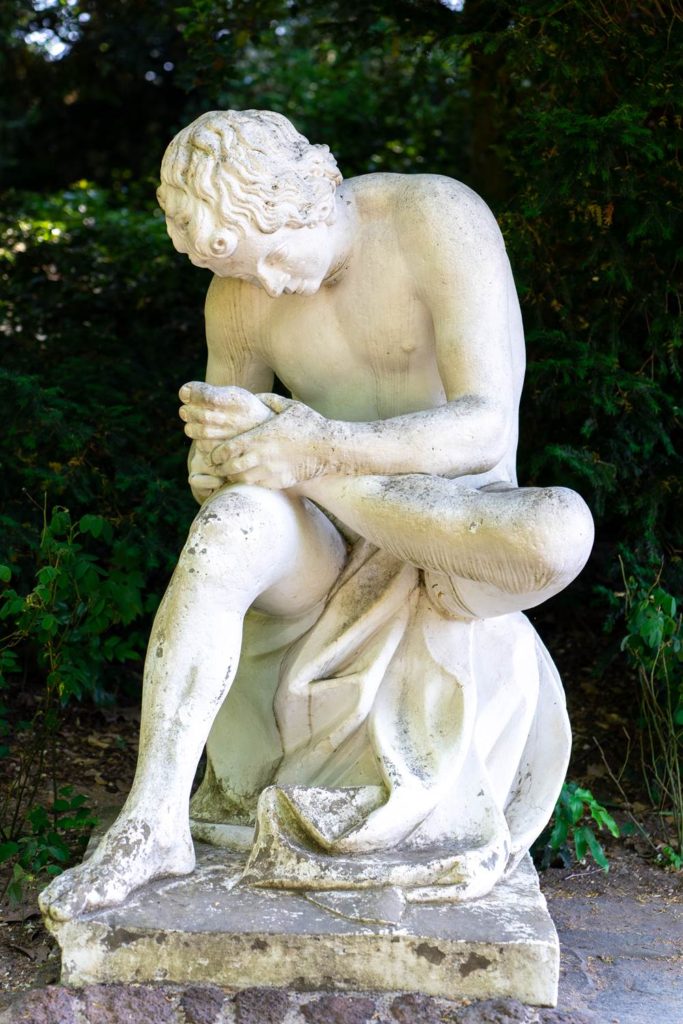
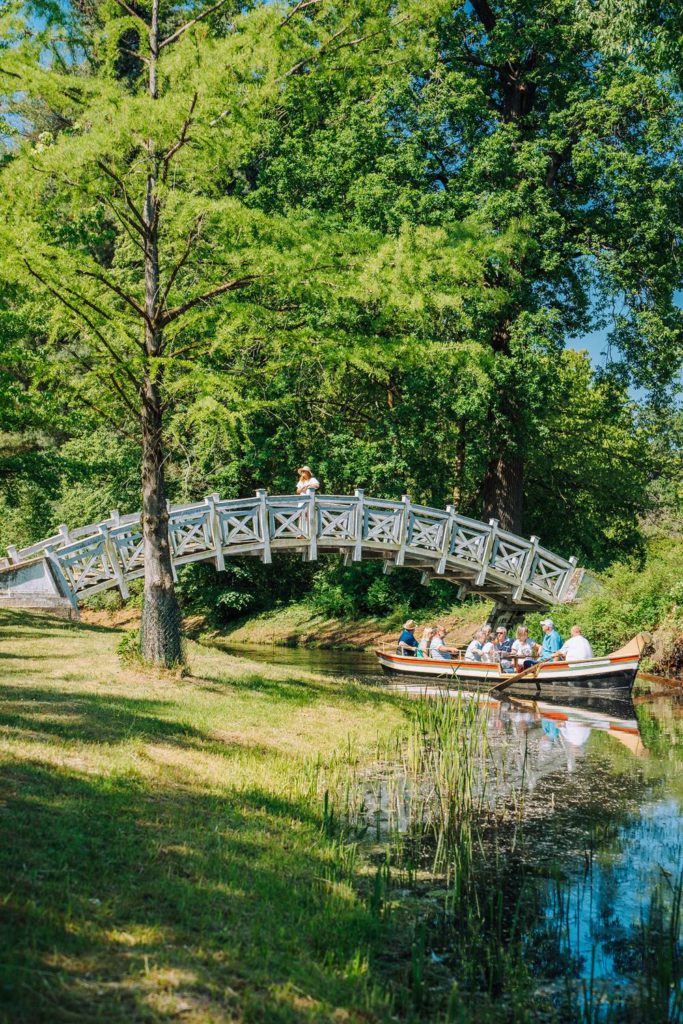
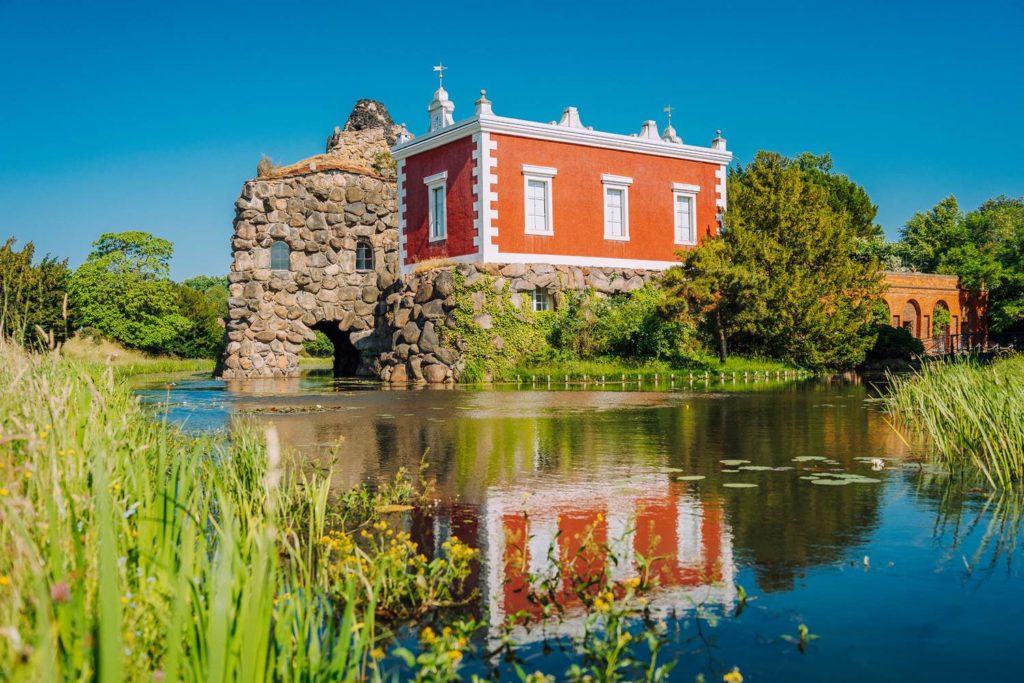
Exploring Saxony-Anhalt
In Poland, Saxony is primarily associated with Dresden or Leipzig. However, right next door, Saxony-Anhalt is a breathtaking region relatively untouched by tourists. This area is rich in historical cities, magnificent landscapes, and pristine nature, teeming with intriguing tales and hidden secrets.
My post merely scratches the surface of what there is to discover. Among other noteworthy attractions are the region’s capital, Magdeburg, a wealth of castles and palaces, and the Harz National Park. The list goes on!
I eagerly anticipate your comments if you have any suggestions for exploring Saxony-Anhalt.
For more travel inspiration in Germany:
Exploring Lübeck: A Gem of Medieval Architecture and Cultural Heritage